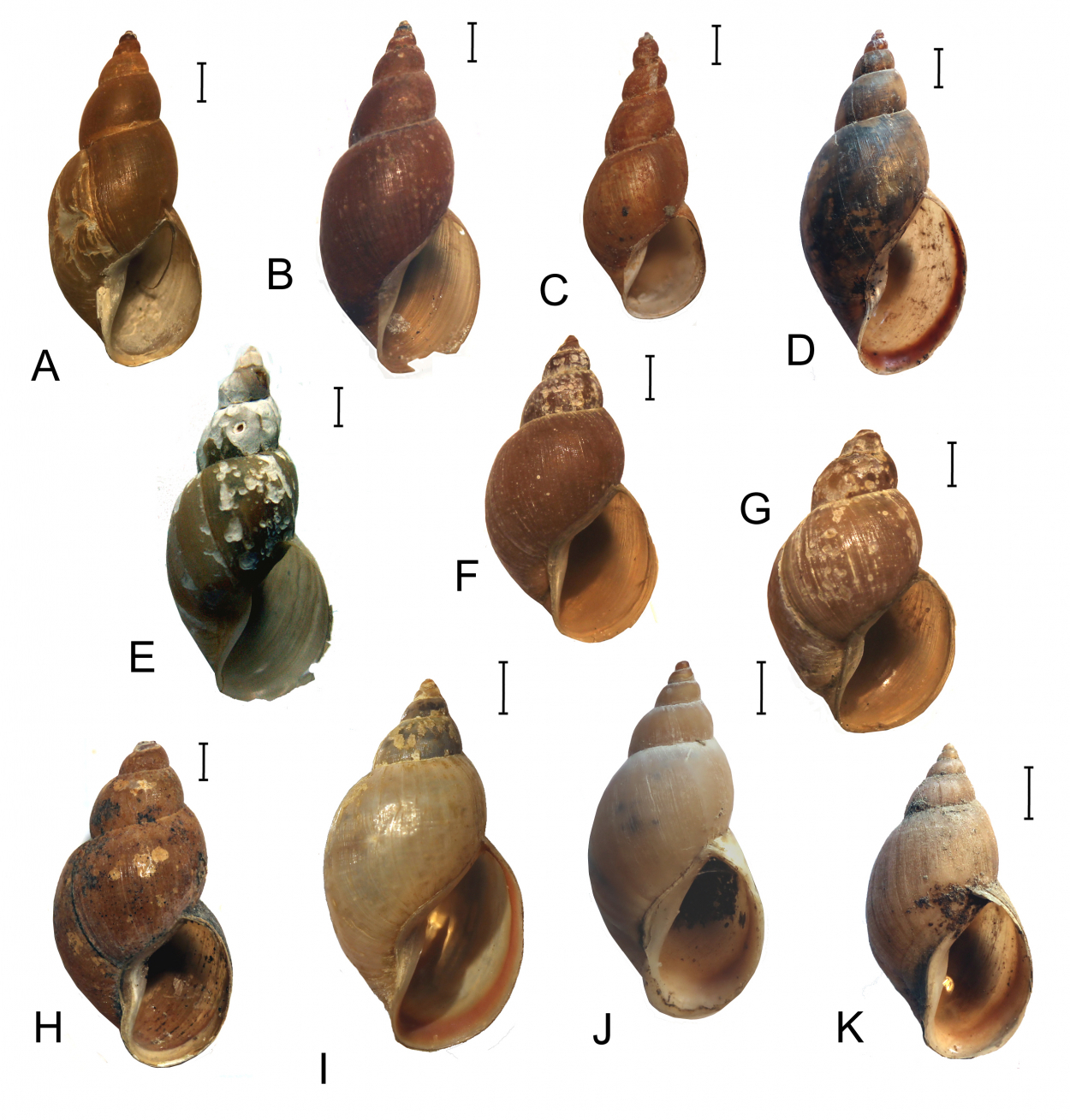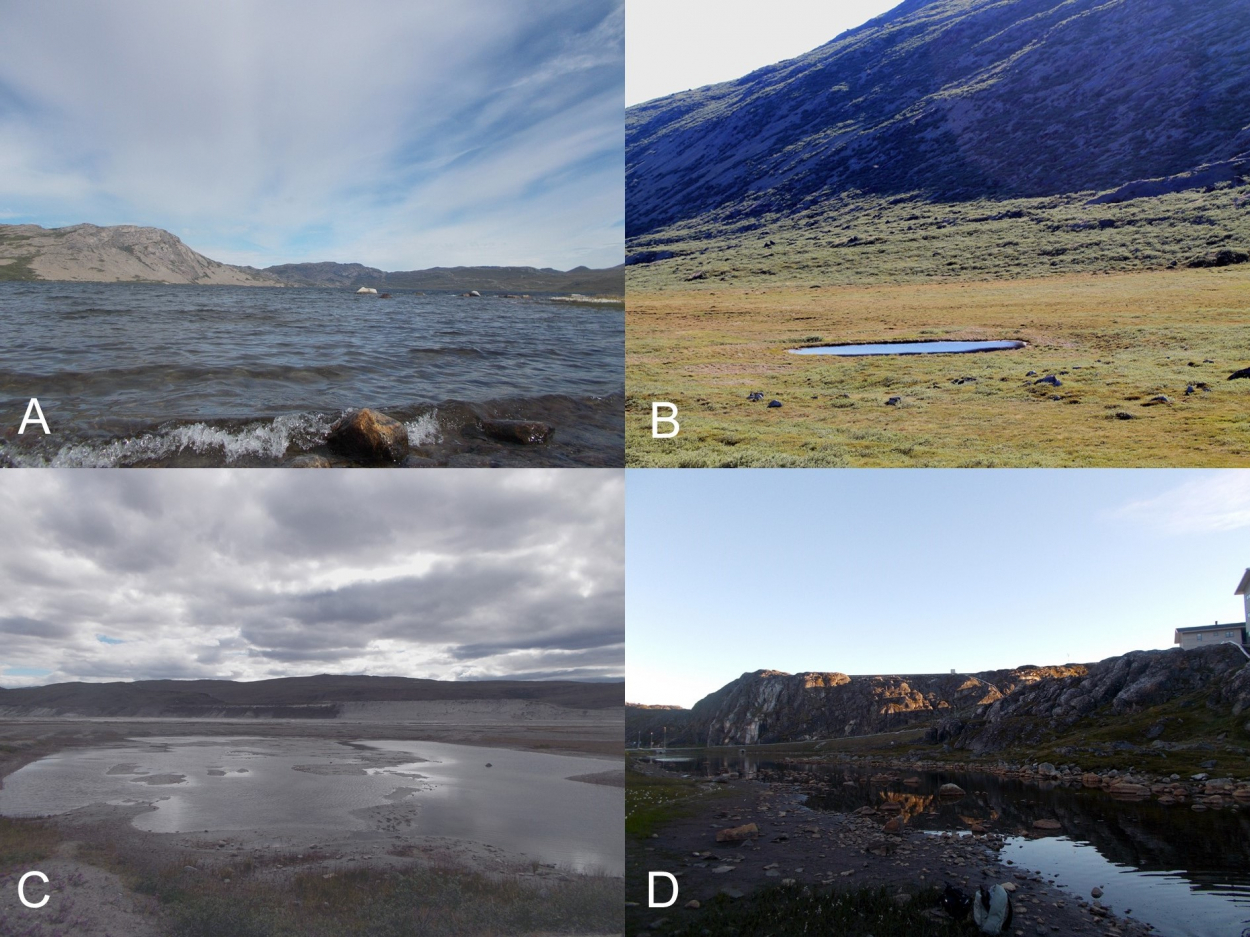Aliens, not aborigens: SPbU observes fauna in Greenland
The SPbU-Germany group of scientists, including SPbU Professor Maksim Vinarskii and postdoc Ivan Nekhaev, has carried out a genetic research on the freshwater bivalves in Greenland to get insight into how they appeared on the largest island of the Earth.
Greenland, as generally considered, is a bleak and barren island that is mostly covered with vast body of ice. Although it is mapped as a white spot, it is however covered by sparse Tundra vegetation along the edge of Greenland's ice sheet and in Southern Greenland there can be found even trees.
How the flora and fauna originated in the areas has long been much debated, says Maksim Vinarskii. There are two scientific theories: “All the species inhabiting Greenland, according to the first theory, are of ancient origin. They had survived the Ice Age in some other places and then returned to those places which they had been always inhabiting. Most species therefore must be endemic and restricted only to Greenland. The second theory, on the contrary, says that the most recent Ice Age had destroyed the flora and fauna and the species that are inhabiting Greenland now are aliens that have come from other continents and islands in the North Atlantic”, — said Maksim Vinarskii.
In early November 2017, Comptes Rendus Biologie published an article that was prepared by the international group of scientists in zoology and focuses on how the freshwater bivalves from the family Lymnaeidae appeared in Greenland. Although these bivalves are incredibly slow and mostly can be found in rivers and lakes, they are nevertheless spreading by migrating birds across the Earth. If we want to know how the biota has formed and what migration routes they traveled in the previous geological ages, we should therefore trace how and when they move from one geographic regions to another.
Only some Lymnaeidae have been considered to inhabit Greenland that are native and restricted to this particular island, although this theory explains only their shell characteristics and reproduction system, which are known as the most changeable organs that can mislead scientists. The Greenland’s snails, as some scientists reckon, are the species that have recently moved from America. Still the theory takes into account only their morphology.
To solve this dispute the scientists should genetically investigate the bivalves and get numerical data on how they are related to other species from this family.
SPbU scientist Maksim Vinarskii and postdoc Ivan Nekhaev collected the bivalves from the lakes and rivers in Western and Southern Greenland, carried out a morphological analysis, and investigated those Greenland’s bivalves that were collected in early 19th century and now can be found in the Zoological Museum of the University of Copenhagen in Denmark. Further, they performed a morphological analysis and formulated phylogenetic and bio-geographical hypotheses together with Ivan Bolotov from North (Arctic) Federal University and two scientists from the Senckenberg Natural History Collections of Dresden: Catrine Shnibs and Anna Khunsderfer.
Thus, the snails in Greenland are aliens that have just recently appeared in the island. “Taxonomically they are Ladislavella catascopium that are wide spread in North America. It can be proved by the fact that the scientists observed no differences in their shell structure or reproduction systems and the genetic distance between them is so small that it is hardly possible to identify then as different species”, — said Maksim Vinarskii. Greenland’s snails are a subspecies, added the scientist, that are practically not differentiated from its continent ancestor. Genetically, the island population are more close to the populations of the Ladislavella catascopium from British Columbia in Canada.
As there are no dramatic differences in the genes or morphology, we can say that the continent snails moved to Greenland after the last glaciation in the North Atlantic Ocean had occurred, i.e. not earlier than 11,000 years ago. How these freshwater bivalves traveled to North East is difficult to say as Greenland has had no land bonadries with North America for more than 20 mln years so far. “Presumably, the snails get “help” from the migrating birds or drift ice”, — said Maksim Vinarskii.
The project was supported by the grant of the President of the Russian Federation from the young scientists (the head of the project is Maksim Vinarskii).



